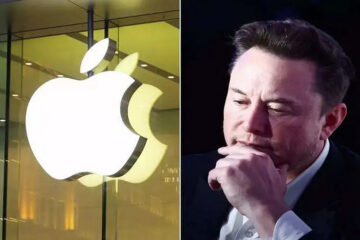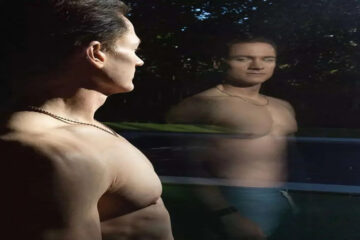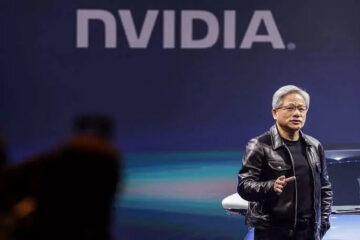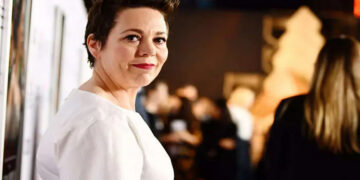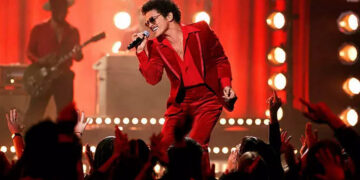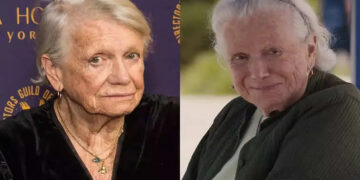Tesla Settles Lawsuit over Fatal Autopilot Crash
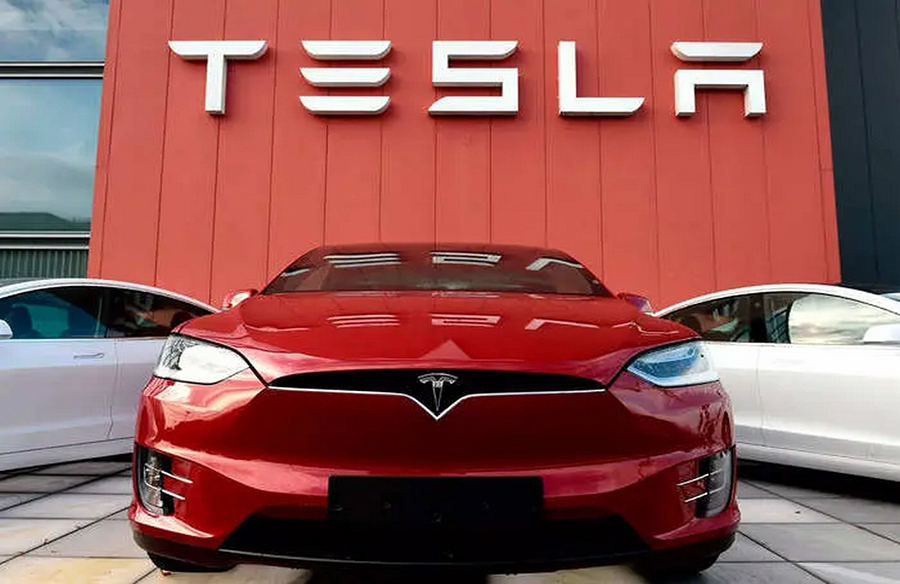
Tesla has reached a settlement in a wrongful-death lawsuit brought by the family of an Apple engineer who died in a crash while his Tesla was in Autopilot mode. The settlement, filed on Monday, comes just as the case was scheduled to go to trial in California’s Santa Clara County Superior Court.
Details of the Settlement
The terms of the settlement were not disclosed. The family of Walter Huang, a 38-year-old Apple engineer, sued Tesla in 2019, alleging that the Tesla Model X SUV he was driving when he died was defective in its design. The lawsuit blamed Tesla’s Autopilot software for causing the crash on March 23, 2018.
Response from Attorneys
Attorney B. Mark Fong, representing Huang’s family, previously stated that the tragedy occurred because Tesla was beta testing its Autopilot software on live drivers. The family aimed to prevent similar incidents from happening to other drivers using Tesla vehicles or any semi-autonomous vehicles.
Representatives for Tesla and the Huang family have not immediately responded to requests for comment.
Legal Ramifications
While several lawsuits related to Tesla’s Autopilot feature have been filed, this settlement marks the first time the company has resolved such a case. Legal experts speculate that a prolonged trial could have resulted in negative publicity for Tesla but may not have led to significant financial consequences for the company.
Circumstances of the Crash
According to the lawsuit, Huang was driving on Highway 101 in Mountain View, California, when his Tesla’s Autopilot system steered the car out of the designated lane and into a concrete barrier at around 70 mph. An investigation by the National Transportation Safety Board (NTSB) concluded that both the Autopilot system and Huang’s inattention were likely factors in the crash. The NTSB found evidence suggesting Huang was playing a game on his phone before the collision.
Tesla’s Defense
Tesla has previously argued in court filings that Huang was responsible for the crash because he knew the car was not fully autonomous and failed to pay attention while using the Autopilot feature. The company asserted that the accident could have been avoided if Huang had been vigilant.
As part of the settlement, Tesla filed a motion to seal the settlement amount.
In conclusion, Tesla’s settlement of the lawsuit reflects the complexities surrounding autonomous driving technology and the legal implications for both manufacturers and drivers involved in accidents.

